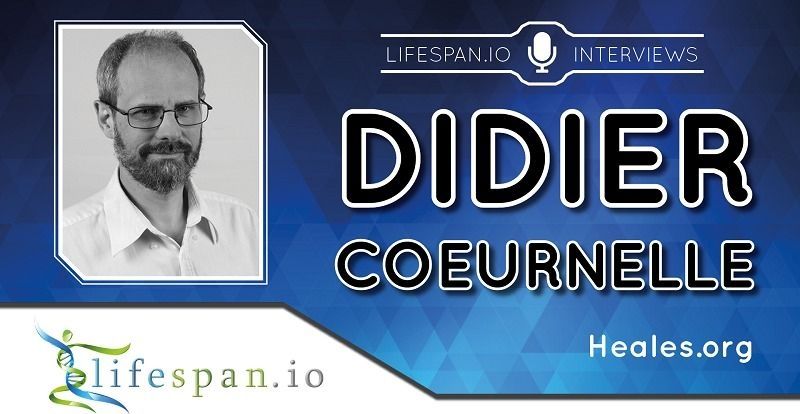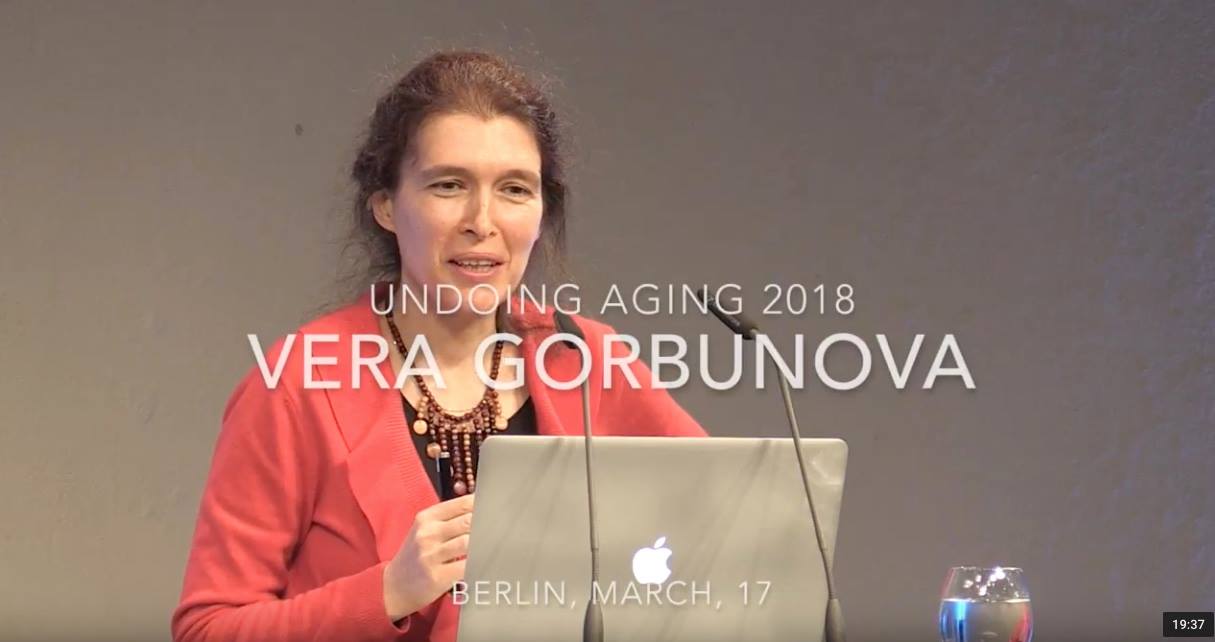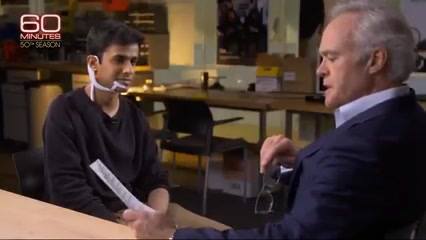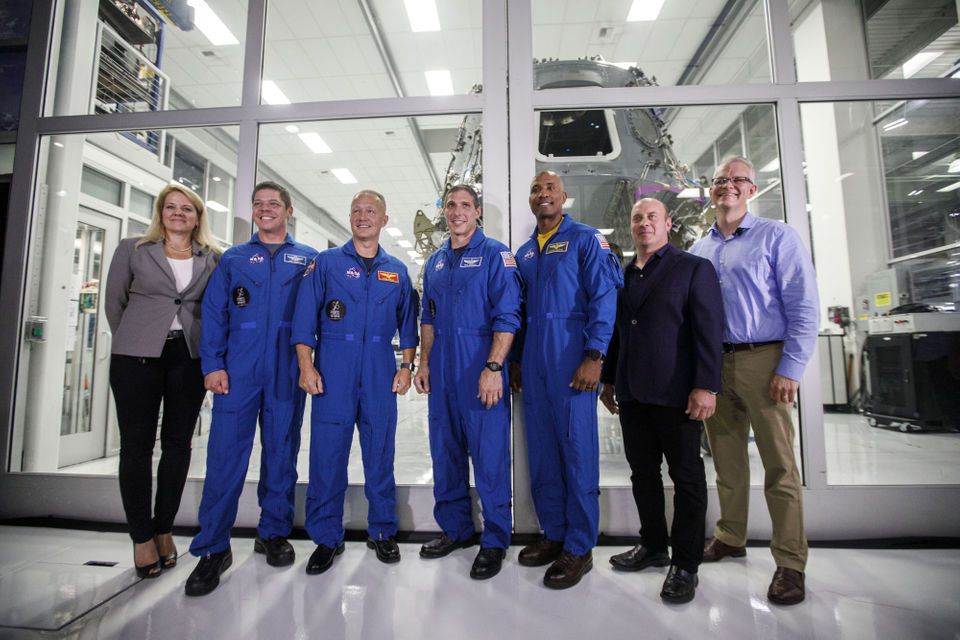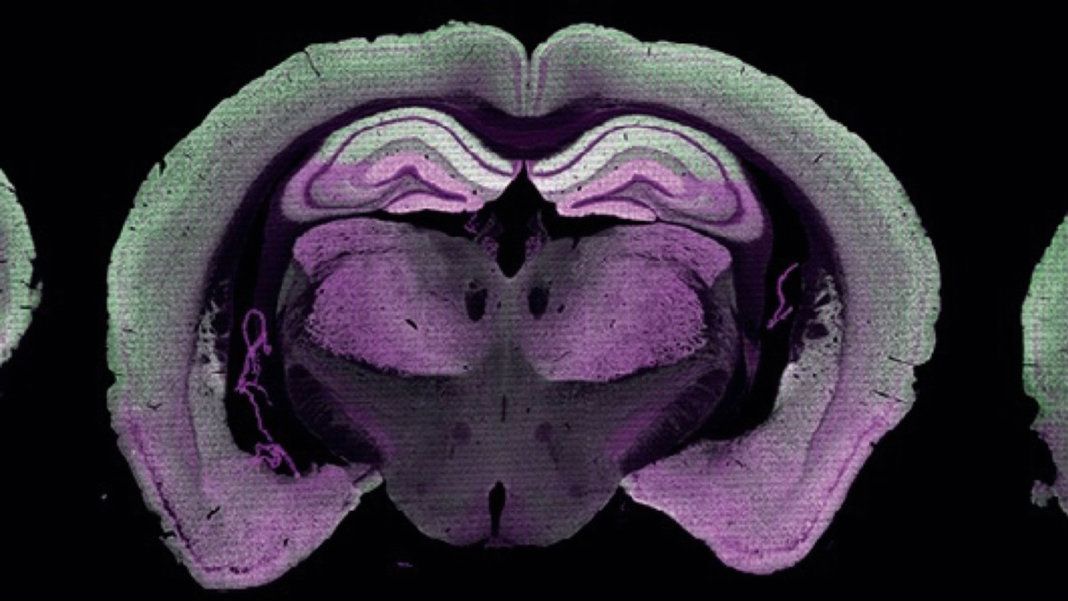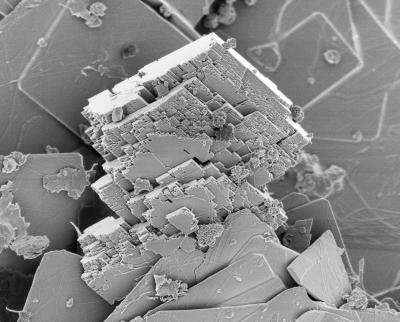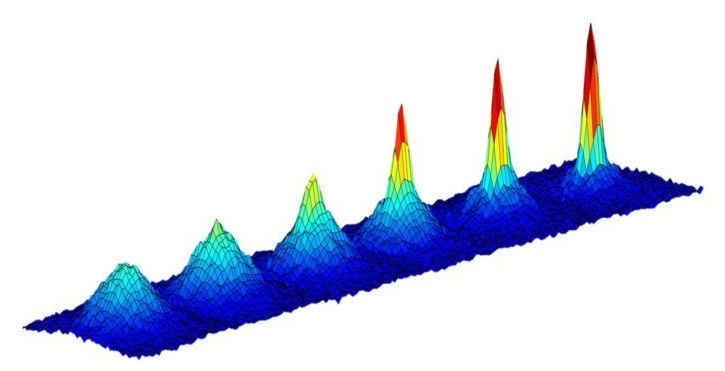An interview with Didier Coeurnelle from the Healthy Life Extension Society.
As you might remember, we have recently posted about the Longevity Film Competition, an initiative by HEALES, ILA, and the SENS Research Foundation that encourages supporters of healthy life extension to produce a short film to popularize the subject.
Didier Coeurnelle is a jurist and the co-chair of HEALES, the Healthy Life Extension Society promoting life extension in Europe, as well as a long-standing member of social and environmental movements.
We got in touch with Didier, who serves as co-director of the competition, to ask him about the initiative and to share his thoughts on advocacy in general.
